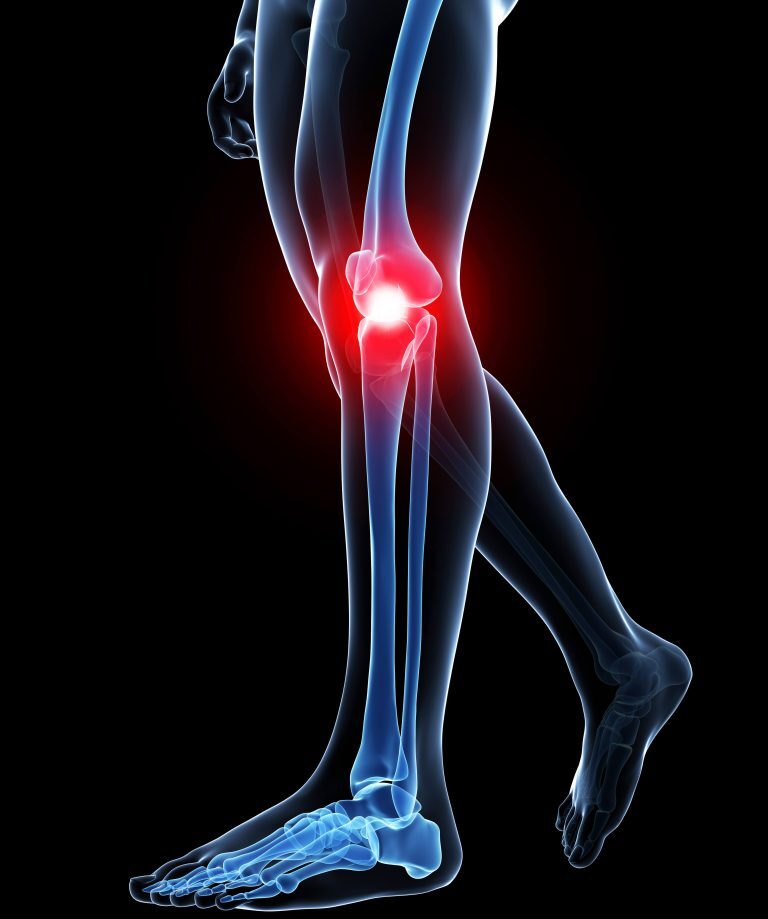
Symptoms, causes and treatment for ITB syndrome
Ilio-tibial band (ITB) syndrome is an overuse injury to part of your knee. You’ll suffer ITB syndrome if your IT band rubs repeatedly against the lower end of your thigh bone as it joins your knee. This friction causes inflammation and pain. It is the most common cause of knee pain in sports people, particularly in runners.
What exactly is your Ilio-tibial band?
Your IT band is a thickened band of tissue that runs all the way down the length of the outside of your thigh. It starts at the hip and attaches to the outside of the shin bone, (tibia) just below the knee joint. The band works with your muscles and ligaments to help stabilise your knee joint during movement.
What are the causes of IT band syndrome?
IT band syndrome can be triggered by irritation or injury to the IT band through certain exercises, or sports – especially running. It can also result from faulty biomechanics, which is when parts of your body are not properly aligned. The good news is that it can be treated both in clinic with your osteopath, and symptoms can be relieved and often prevented at home too.
Common symptoms of IT band syndrome
- Knee pain on the outside of the knee that may spread up or down your leg
- Thigh and hip pain that may ache or burn
- Pain in your knee while exercising
- Swelling/tender knee joint
What can you do at home to remedy this painful condition?
If you think you may be suffering from IT band syndrome, there are some steps you can take to ease the initial pain:
- Take some time off your regular sports routine or at least decrease the intensity.
- Substitute running with swimming or aqua jogging for a couple of weeks.
- Always warm up and cool down thoroughly when exercising
- Wear correctly fitting running shoes
- Try to avoid running on tarmac and other hard surfaces
- Stretch out your IT band every other day with a foam roller or by doing this simple standing stretch.
If you are in acute pain, we recommend following the RICE protocol at home and contacting your osteopath ASAP for a treatment plan.
- REST – Whether suspected or diagnosed, firstly rest the affected leg.
- ICE – Place ice wrapped in a thin towel, on the outside of your knee for 15-minutes every two hours. This will help with pain and relieve inflammation.
- COMPRESSION – Compressing your knee joint can help to stabilise the leg. Talk to your Osteopath about compression bandages and where to wear them.
- ELEVATION – When icing your knee, try to keep your leg raised above your heart.
Osteopathic treatment for IT band syndrome
An osteopath will use different methods to enhance your leg strength, mobility, and flexibility. Through the hands on structural osteopathic treatment, your osteopath will address the muscular imbalances that may have caused your ITB to feel the strain. A common cause is weakness in the gluteus medius, the large muscle at the outside of your pelvis. Strengthening this muscle is a great place to start and specific exercises will be given as part of your osteopathic treatment.
As with all conditions, it’s important to find an accurate diagnosis and treatment plan. To book your appointment with ESO, click here.
